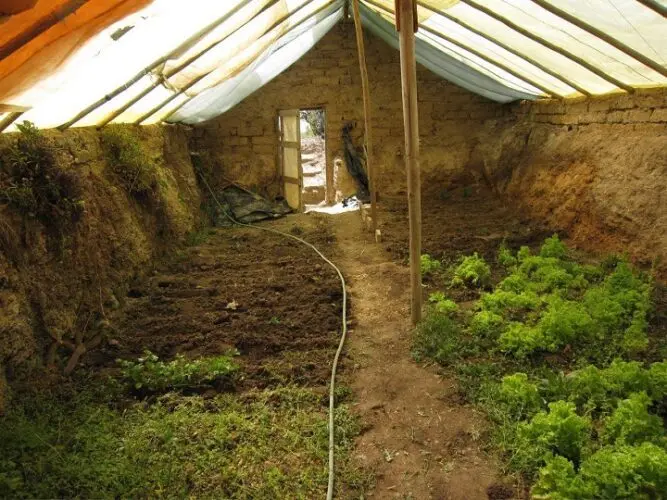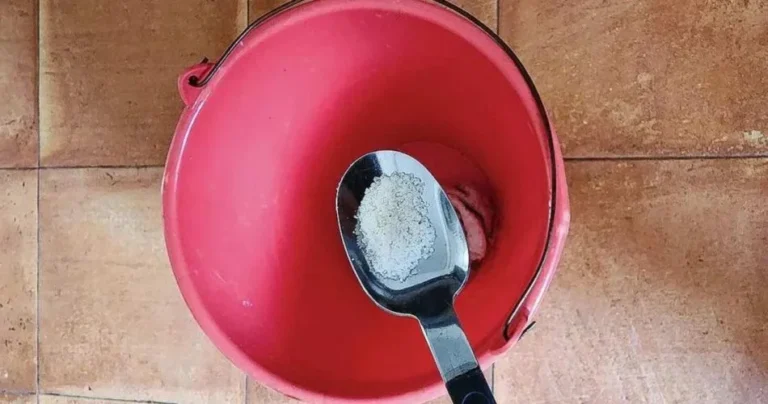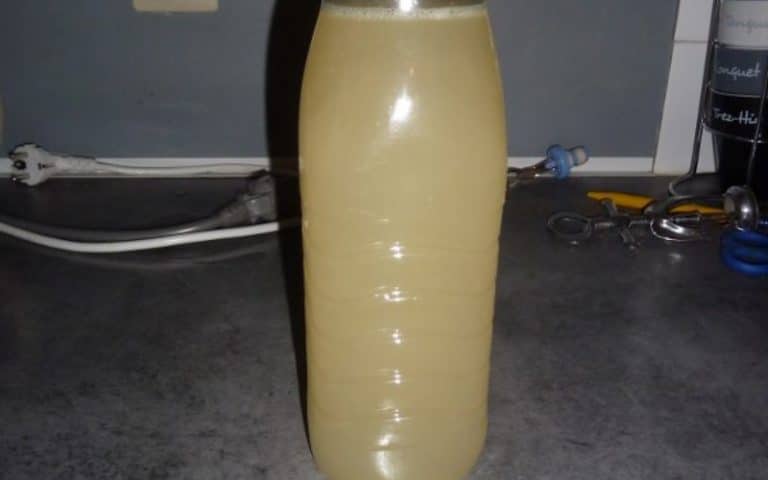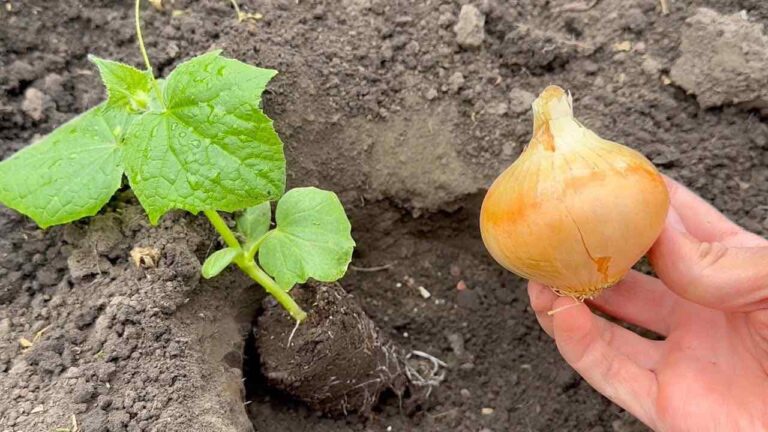For year-round growing, try an underground greenhouse: How to build an underground greenhouse
Growing plants year-round, especially in cold or fluctuating climates, can be a challenge. However, an underground greenhouse, also known as a “walipini” or “pit greenhouse,” offers a sustainable solution. By taking advantage of the Earth’s natural insulation, these greenhouses maintain more consistent temperatures, protecting plants from adverse weather conditions and extending the growing season.
1. Advantages of an in-ground greenhouse:
- Thermal Stability : Earth has natural insulating properties. Even a few meters deep, the ground maintains a relatively stable temperature.
- Protection from the elements : In-ground greenhouses are less exposed to wind, snow and hail, reducing the risk of damage.
- Extended growing season : The stable environment allows cultivation even in the coldest months.
- Sustainability : Requires less energy for heating thanks to natural insulation.
2. Choose the right location:
- Sunlight : Find a location with maximum sun exposure. South-facing locations are ideal in the Northern Hemisphere and north-facing in the Southern Hemisphere.
- Water drainage : Make sure the site has good drainage to avoid water accumulation. Consider raised beds or gravel paths to aid drainage.
- Accessibility : Choose a location that is easily accessible all year round.
3. Build the underground greenhouse:
to. Excavation:
- Depth : Dig to a depth of about 8 to 10 feet to benefit from the insulation of the earth. The depth may vary depending on the frost line in your region.
- Width and length : According to needs. A standard size might be 10×20 feet, but you can adapt it as needed.
b. Walls:
- Build the walls with bricks, stones or earth bags. If necessary, reinforce with concrete.
- Insulate the north wall to retain heat. Straw bales, foam insulation or other insulation materials can be used.
c. Roof:
- For covering, use UV-resistant greenhouse plastic, polycarbonate panels or glass.
- Make sure the roof is sloped to allow maximum sunlight and rain and snow runoff.
d. Flooring:
- A gravel floor can improve drainage. Optionally, you can use concrete or even maintain a natural earth floor, depending on your preferences.
And. Ventilation:
- Incorporate vents or windows in the roof or at the highest point of the sloped roof to let hot air escape.
- Consider adding a door at each end of the greenhouse to aid air flow and accessibility.
4. Maintaining the Greenhouse Underground:
- Monitoring : Check temperature and humidity regularly. Consider installing a thermostat.
- Pest Control : Because of its particular structure, an underground greenhouse may be more susceptible to certain pests. Inspect regularly and use natural deterrents.
- Watering : Depending on the plants and humidity, adjust the watering schedule. Remember that excessive watering can cause drainage problems.
5. Additional Tips:
- Water Barrels : Place water barrels inside the greenhouse. They absorb heat during the day and release it at night, stabilizing temperatures.
- : Using raised beds can help prevent waterlogging and root rot.
- Reflective surfaces : Place reflective materials on walls to maximize light distribution.
Conclusion:
An in-ground greenhouse can be a fantastic and sustainable way to grow plants all year round. While it requires some initial effort and investment, the reward of fresh, home-grown produce even in the colder months is worth it. Remember to regularly maintain and inspect your greenhouse to ensure the best growing conditions for your plants.
Inspired by this article? Share the article with a friend






